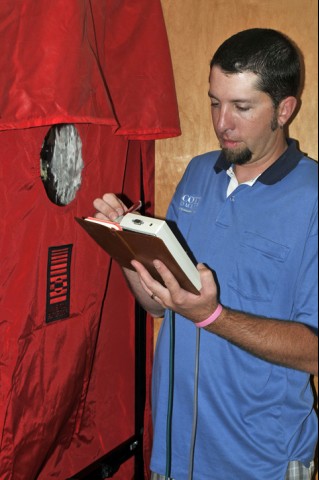Roofing Alternatives
Exploring Alternatives to Traditional Roof ShinglesWhen it comes to wear and tear on your home, your roof is one area that takes a constant pounding from the elements. Wind, rain, snow and sleet are constantly prying at the roof shingles and moisture will sooner or later start seeping into the plywood sheets that mostly like form the shell of your home’s top-most protective covering.
Eventually every home will need a roof replacement. By exploring new opportunities, you can choose a roofing material that will provide you with an energy efficient solution that will not only be aesthetically pleasing, it will save you money through reduced heating and cooling costs.
When considering which material is suitable for both your budget and energy efficiency, there are four factors you should consider.
Emissivity: The rate at which a roof will release heat that it has absorbed.
Reflectivity: The higher the rating number, the more reflective the roof.
Insulation: Does the roof come with additional insulation?
Eligibility for tax breaks: Energy efficient roofing may quality for you for tax credits on the cost of materials for a new roof, providing they meet EnergyStar requirements.
There are several options available for roofing materials that will increase your home’s energy efficiency:
Metal roofing: This is a long-lasting alternative to traditional roof shingles. Metal roofing has different qualities that will reduce energy costs determined by your region. The installation of unpainted or reflective metal roofing will reflect solar radiation that is normally absorbed into the attic and can save up to 40 percent of summer cooling costs.
Tiles: Tile roofs are typically made from clay or concrete. These corrugated tiles are laid in such a way as to encourage air floor on the surface of the roof and will reduce the temperature of a home during the summer. Although they are an attractive and efficient alternative to roof shingles, they are more appropriate in warmer climates where the risk of damage due to hail is minimal.
Polyurethane foam: This type of roofing is most commonly used on buildings with flat or low-sloping roofs. The polyurethane foam is sprayed on then covered with an elastomeric coating. While this application is highly efficient and has no seams, it is not the most attractive product on the market so many homeowners will opt for something different. However on homes that have hidden roof areas, it is a viable and energy efficient alternative.
Another option, if you decide to re-shingle your home, is to use recycled roof shingles. These are produced using reclaimed materials and come with a long-term life-span guarantee.
If you think it’s time to finally replace your old roof, Scott Homes, Ltd, a Certified Green Professional, CGP contractor can offer you the best advice on which replacement roof will be best suited to your needs and provide you with long-term cost savings.
Jon Howes
Professionally Certified

BPI Certified Building Analysts
RESNET Certified HERS Rater
RRP - Certified Lead Paint Renovator
Colorado Energy Analysts
Certified Energy Rater
Scott Homes, Ltd., Designers & Builders
Construction Superintendent
 |
 |
 |
Schedule An Inspection
By Phone or Email we can schedule the services you desire to begin saving money on your utility bills!
Contact Us Online
Email us at info@ColoradoEnergyAnalysts.com
© Copyright 2013-2024 - Colorado Buys Local Inc | Designed for Colorado Energy Analysts